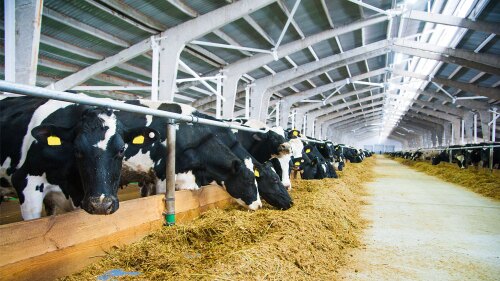While no one wants to think about a disaster happening, it is important to have a plan in place before disaster strikes. Depending on the type of disaster (windstorm, roof collapse, flood, etc.), you may need to follow a different plan. Having a comprehensive plan in place will help you be better prepared for a disaster, so you can continue operating and get back on your feet faster.
Follow these steps to create a business continuity plan for your farm.
1. Identify risks
The types of risks you face are unique to your farm. Following a checklist, like this one from ReadyAG, that walks through the risks you may face is a great start. The worksheet asks questions about structures, vehicles and equipment, people, and more. Simply check done, not done, or note if it is not applicable to begin identifying your risks.
2. Prioritize risks
Once you’ve identified your risks, you may be overwhelmed with where to begin. This is where prioritization can help. Take the checklist and note whether each item is high or low priority. For some risks, it may not make that big of an impact if something was to happen during a disaster, but for other risks it could be detrimental.
3. Create an action plan
Now that you know which risks are high priorities, you can get to work addressing them. Questions marked as “high priority” and “not done” on the checklist should be addressed first. Review each item, and identify the actions you need to take to change your response to “done.”
Once you have your action plan, you should decide upon a realistic timeframe to address these items. Factors to consider include the cost of addressing the item and time it will take. Some things will be quick fixes while others will take more time and resources to address. The more items you can check off as “done,” the stronger your plan is and the better you will be able to recover from a disaster.
4. Reassess your plan
The process is never complete. To keep your plan updated and accurate, you should revisit, test, check, and confirm your plan at least once a year. Some aspects of your plan may need to be revisited more often.
Although you can never be totally free of risk, going through an assessment of your risks to have a plan in place helps increase your ability to stay in business during and after a disaster.
Learn more browsing our farm risk management resources.






